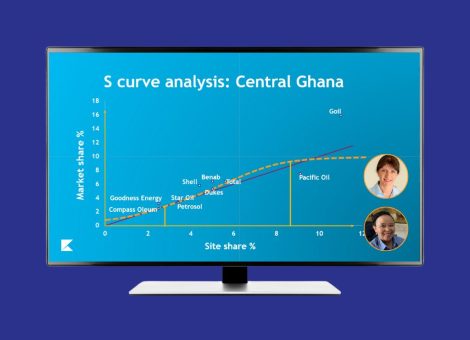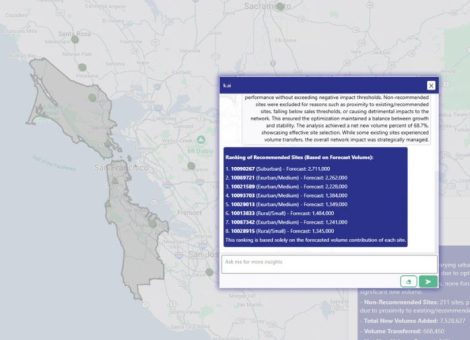Differentiating your convenience offering - four tips
As convenience retail is a diverse, ever-changing industry, success is rarely found in a cookie-cutter strategy. The best performers have a close eye on evolving needs, expectations, and the trends of consumers in each geographical area. Unfortunately, it’s all too easy for retailers to get stuck in a one-size-fits-all approach, which can lead to unfit or outdated offerings, and diminishing profits.
There are so many variable facets of a convenience offering, including pricing, branding, product choice, customer service, and more. Each site in your network will almost certainly need its own thorough strategic analysis, as outlined in our 7 Elements approach to site planning.
Yet, with so many convenience retailers to compete against, all potentially executing their own location analysis, how can you make sure your business (or network of sites) continues to stand out from the crowd? Here are four tips:
1. Keep pace with trends
Consumers’ needs are continually shifting, as are market trends and behaviors. Don’t forget that your audience’s preferred products five years ago could be very different now.
Fewer consumers will be purchasing cigarettes or tobacco, for example, and perhaps many are seeking alternatives. These trends may also include a shift towards vegetarian / vegan on-the-go options, or health-conscious snacks and drinks. Does your product offering reflect these consumer shifts?
Also, research has shown that millennials are more likely to spend additional money on personalized experiences. Affordable luxury is also a trend associated with younger consumers, particularly when linked to lifestyle such as healthy living. While these experiences aren’t immediately synonymous with convenience retail, finding ways to weave them into your offering is valuable.
Overall, being a step ahead of your competitors with such trends will make your convenience offering more appealing.
2. Know your audience
All this said, it’s no good keeping pace with global or nationwide trends if the demographic in your area(s) is very different.
Consider the average age of the consumers where your businesses are. Are they more likely to choose certain foods, or spend less/more time in the store than the national average? Are your consumers highly local, or more transient? This information can guide your strategic planning of preferred products, services offered, and store layout.
To know more about your specific audience, you could run a census analysis or conduct market research in your store. Or consider partnering with an expert like Kalibrate whose planning services can help you deep dive into the local area.
3. Don’t underestimate data
To truly differentiate your offering, consider tapping into data-driven decision making. Gut feel and market observations will only take your convenience retail business so far.
The top-performing retailers will almost certainly use data to sharpen their customer-focused marketing and pricing tactics, and to gather and analyze data to better understand their sites’ potential.
They might use insights to discover how their customers want to pay, establish pricing strategies, weigh up merchandising decisions, and optimize process efficiencies.
Such insights can help you benchmark your performance against the competition, and determine areas of improvement that could set your business apart from the rest. Consider using a decision-making platform like Kalibrate Planning to add weight and qualification to these strategic decisions.
4. Continually assess your offering
As with any evolving market, your work is never truly done. Becoming complacent means potentially falling behind and sacrificing market share to faster-moving competitors. You need to dedicate time to going over your offering, assessing where improvements could be made, whether trends have changed or whether any new cracks have emerged.
Refer back to the 7 Elements for Fuel and Convenience Retail Success to check which areas need re-analyzing and deserve more attention. To continually differentiate, you should do this regularly.
If you’re unsure where to start, take a look at the Kalibrate Planning platform. It can simplify site analysis and SWOT assessment of your convenience retail business, and identify opportunities to grow your share of the market.
Read more articles about:
Location intelligenceSubscribe and get the latest updates
You may unsubscribe from our mailing list at any time. To understand how and why we process your data, please see our Privacy & Cookies Policy
Related posts
Fuel pricing
Fuel pricing by exception: When do analysts actually analyze?
Managing fuel prices can be time-consuming, especially when analysts spend much of their day on routine tasks....

Fuel pricing
Middle East / Africa - Fuel network planning: Critical insights
Join our team as we look at the key points of insight that fuel network planners need to consider when making...

